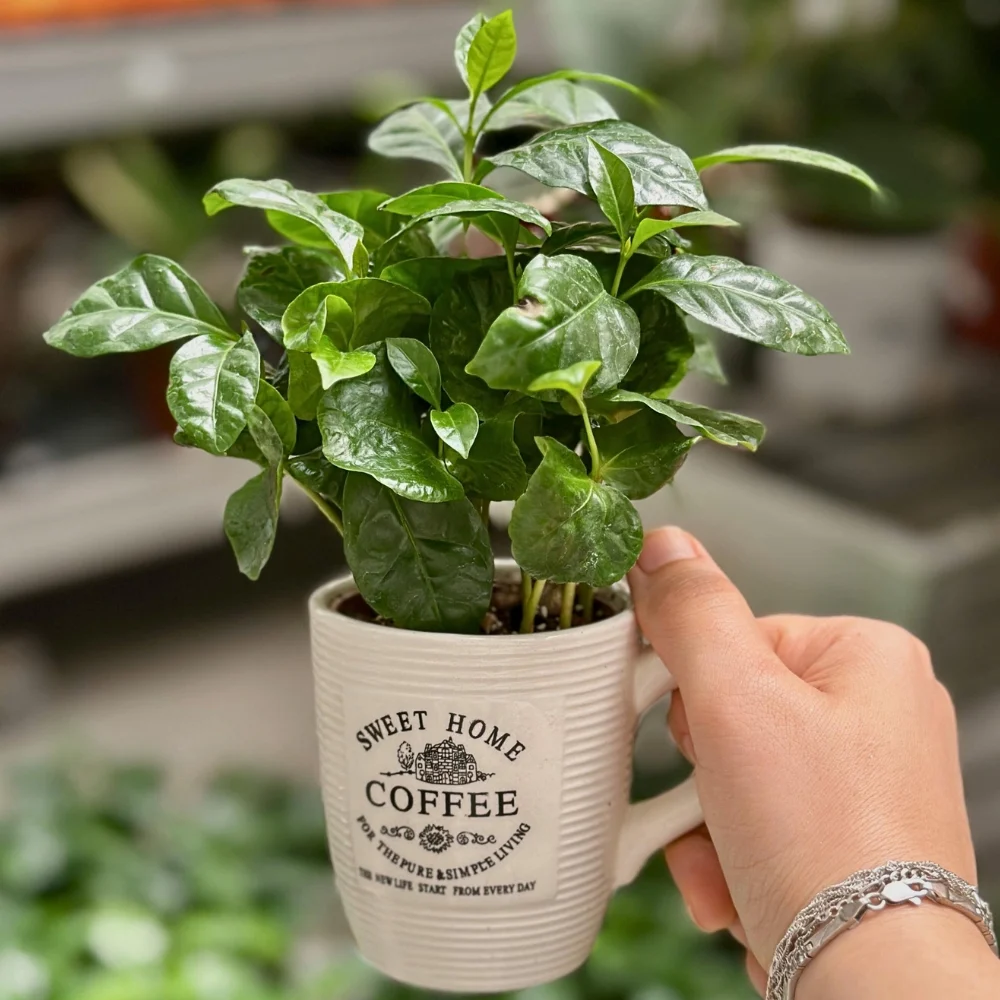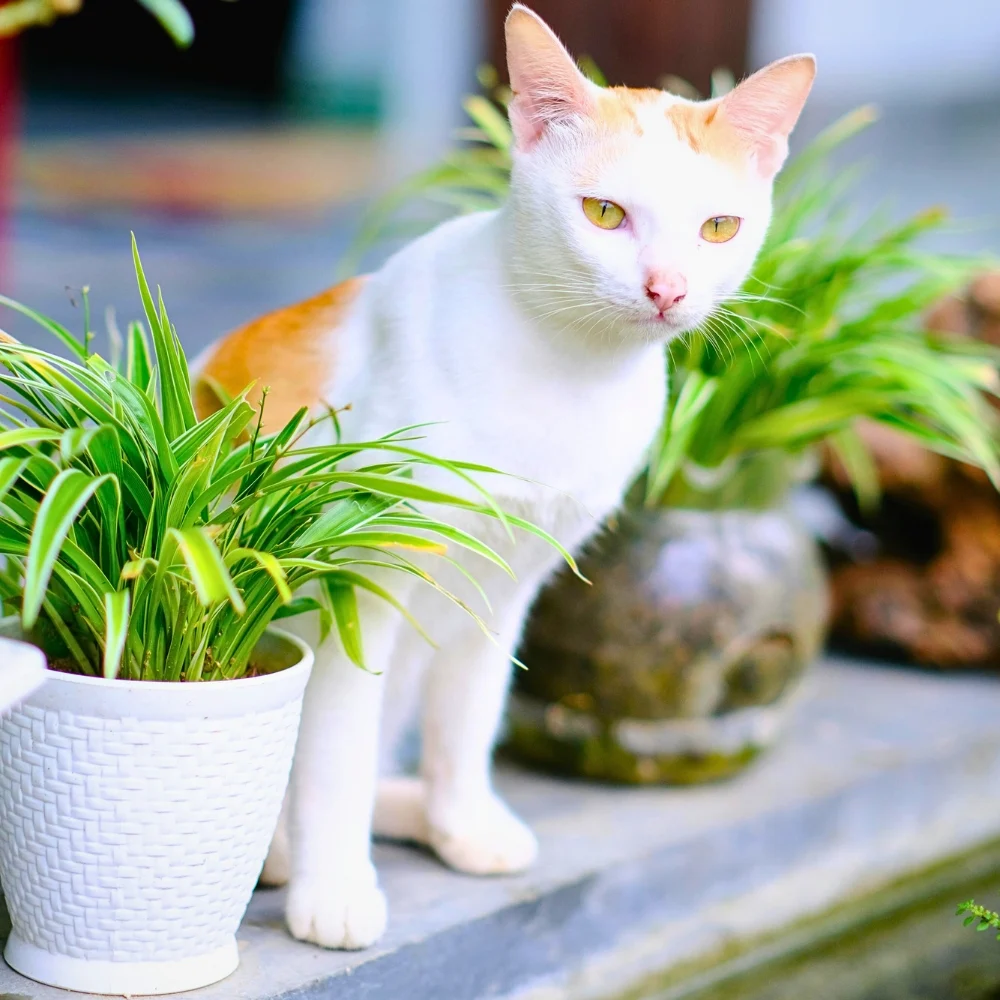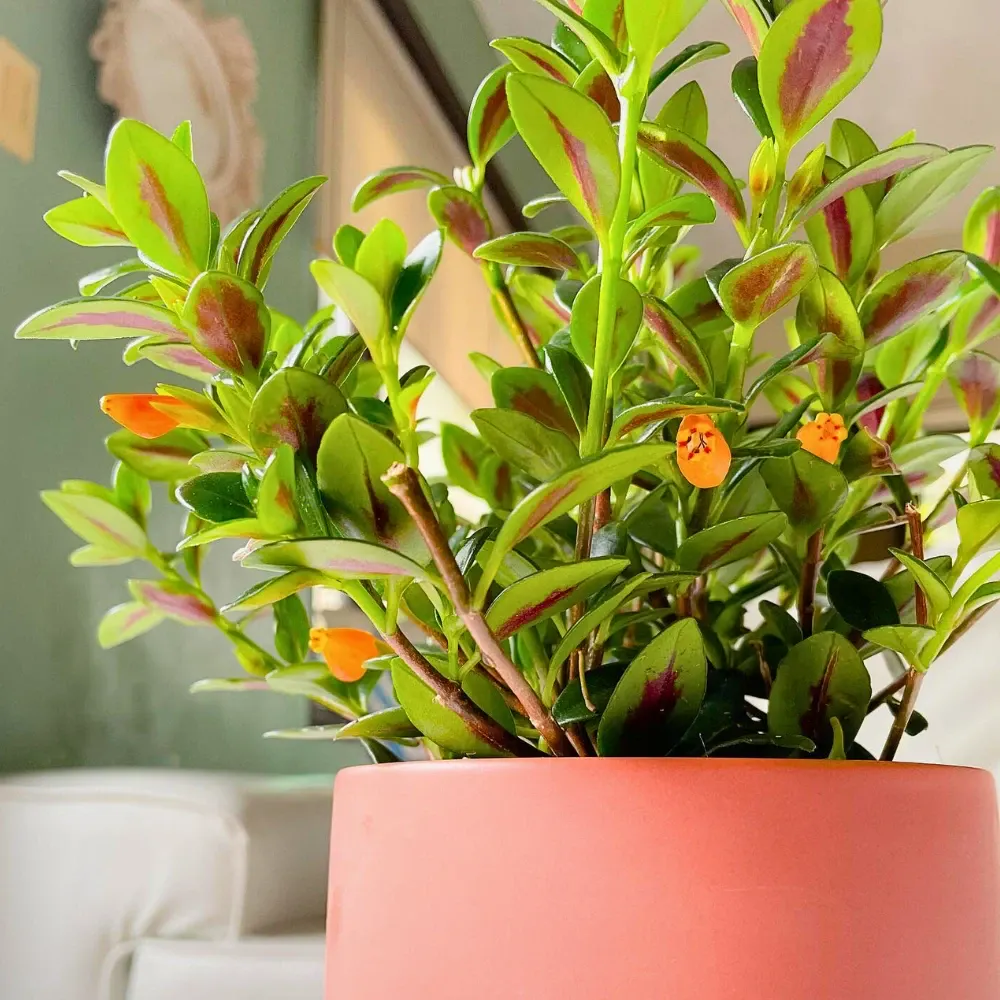Indoor gardening has surged in popularity as individuals seek to bring a piece of the outdoors into their homes. This green endeavor enhances the aesthetic appeal of a living space and promotes a healthier indoor environment by purifying the air and increasing humidity levels. However, cultivating an indoor garden, particularly in lower-level spaces like basements, has unique challenges.
One significant risk that threatens the vitality of these green spaces is the potential for flooding. This article explores the critical role of waterproofing in protecting indoor gardens from water damage and the various strategies that can be employed to safeguard these verdant havens.
Waterproofing Solutions
Securing an indoor garden against the risks of flooding begins with effective waterproofing strategies. These methods prevent water from entering the space and ensure that any moisture within the area is adequately managed. Among the first steps homeowners should consider is consulting with basement waterproofing companies. These specialists can assess the risk level, identify potential sources of water intrusion, and recommend tailored solutions to shield indoor gardens from moisture-related harm.

The Peril of Water Damage
Water intrusion poses a grave threat to indoor gardens. Excess moisture can lead to mold and mildew, compromising plant health and degrading air quality. Furthermore, in severe cases, flooding can cause irreversible damage to the home's structure and the garden itself. It is essential, therefore, to implement preventive measures to protect these indoor ecosystems from the harmful effects of water damage.
Interior Waterproofing
Interior waterproofing methods are crucial for managing moisture within the garden space. These include sealants applied to walls and floors, which prevent water from seeping through cracks and crevices. Additionally, installing a sump pump can effectively remove water that accumulates inside the space, thereby preventing the conditions that lead to flooding.
Exterior Waterproofing
Exterior waterproofing techniques address water intrusion at its source. This approach involves the application of waterproof coatings to the outer walls of the building, the installation of drainage systems to redirect surface water away from the foundation, and correcting landscaping slopes to prevent water accumulation near the structure. By tackling water intrusion from the outside, homeowners can significantly reduce the risk of flooding and safeguard their indoor gardens.

Moisture Control Strategies
Beyond direct waterproofing measures, maintaining optimal humidity levels within the indoor garden is paramount for plant health and mold prevention. Dehumidifiers can help regulate moisture levels, ensuring a conducive environment for plant growth. Also, proper ventilation is crucial for preventing stale air and excess moisture buildup, further protecting the garden from potential water damage.
The Role of Maintenance
Regular maintenance plays a critical role in flood prevention. Homeowners should conduct periodic inspections of waterproofing systems, drainage, and ventilation to ensure everything functions as intended. Identifying and addressing minor issues early can prevent them from escalating into major problems that could jeopardize the indoor garden.
Innovative Waterproofing Technologies
The advancement of waterproofing technologies offers new possibilities for protecting indoor gardens. From smart water sensors that alert homeowners to potential leaks to advanced sealants that provide superior protection against moisture, these innovations enhance the ability to safeguard indoor green spaces from the threat of flooding.
Educating Yourself on Waterproofing Materials
An essential step in safeguarding your indoor garden from flooding is understanding the variety of waterproofing materials available. From liquid membranes that can be painted onto surfaces to sheet membranes that cover large areas, the choice of materials can significantly impact the effectiveness of waterproofing efforts. Homeowners should seek advice from experienced basement waterproofing companies to select the most suitable materials. This ensures that the chosen solution prevents water intrusion and does not negatively impact the indoor air quality or the health of the garden plants.

Integrating Waterproofing into Garden Design
Incorporating waterproofing considerations into the design of an indoor garden can significantly enhance its resilience to water damage. For example, raised beds or platforms can help prevent direct contact between plants and any water that might accumulate on the floor. Similarly, selecting water-resistant materials for garden containers and supports can reduce the risk of moisture-related decay. Homeowners can create a beautiful and durable indoor oasis by thoughtfully integrating waterproofing measures into the garden layout.
Cost-Effectiveness of Preventive Measures
Investing in waterproofing and moisture control measures may seem like a significant upfront cost, but it is essential to consider the long-term savings these efforts can provide. The expense of repairing flood damage, not to mention the potential loss of cherished plants and the disruption to your living space, can far exceed the cost of preventive waterproofing. By taking proactive steps to protect your indoor garden, you are preserving a valuable part of your home and avoiding potentially costly repairs in the future.
The Benefits of Professional Assessment
While there are many steps homeowners can take on their own to protect their indoor gardens from flooding, the value of a professional assessment cannot be overstated. Specialists in basement waterproofing can offer insights into potential vulnerabilities within a home's structure and recommend customized solutions. Their expertise can be particularly valuable in identifying less obvious sources of moisture, such as condensation or internal plumbing leaks, which might otherwise be overlooked.
Engaging with a Supportive Community
Finally, navigating the challenges of maintaining a flood-resistant indoor garden can be made easier with the support of a community. Online forums, local gardening clubs, and workshops hosted by basement waterproofing companies can provide valuable advice, share success stories, and offer solutions to common problems. Engaging with others who have faced similar challenges can provide not only practical advice but also moral support, making the task of safeguarding your indoor garden less daunting.
Final Thoughts
Creating and maintaining an indoor garden represents a commitment to bringing nature into our homes and enriching our living spaces. This commitment, however, comes with the responsibility of protecting these verdant spaces from the threats posed by water damage. Through expert advice, carefully selected waterproofing solutions, and diligent maintenance, homeowners can ensure that their indoor gardens thrive and continue to bring joy for years. Protecting these green havens from flooding not only preserves the beauty and health of the garden but also contributes to our homes' overall resilience and safety.










